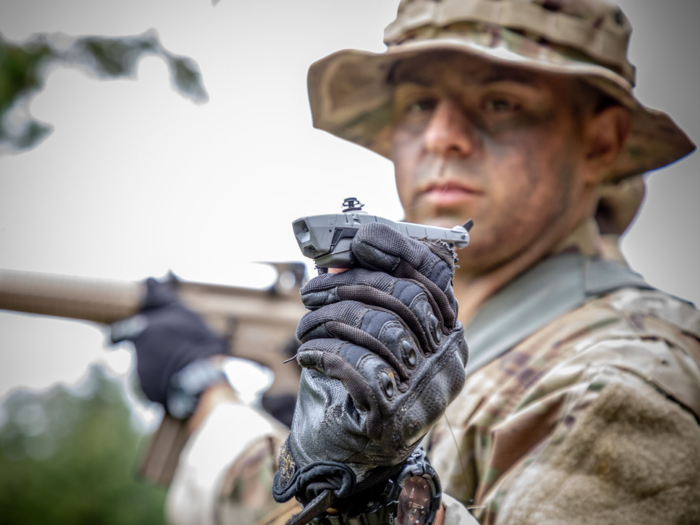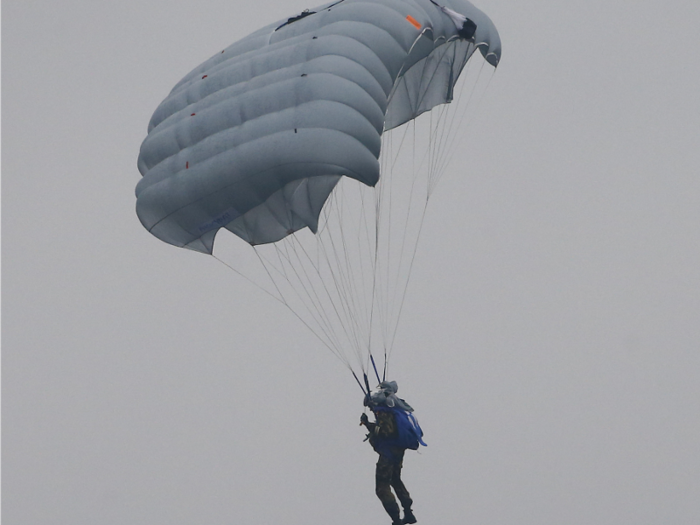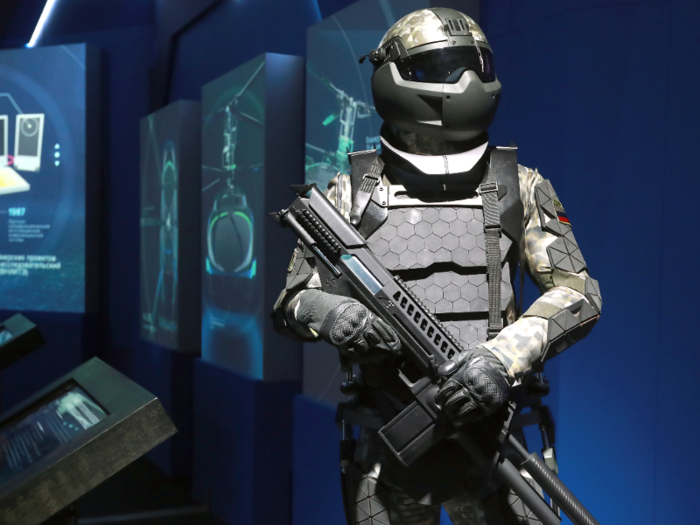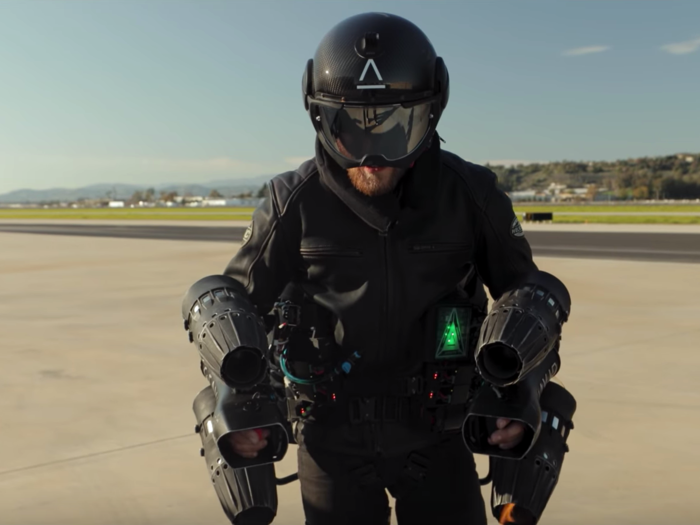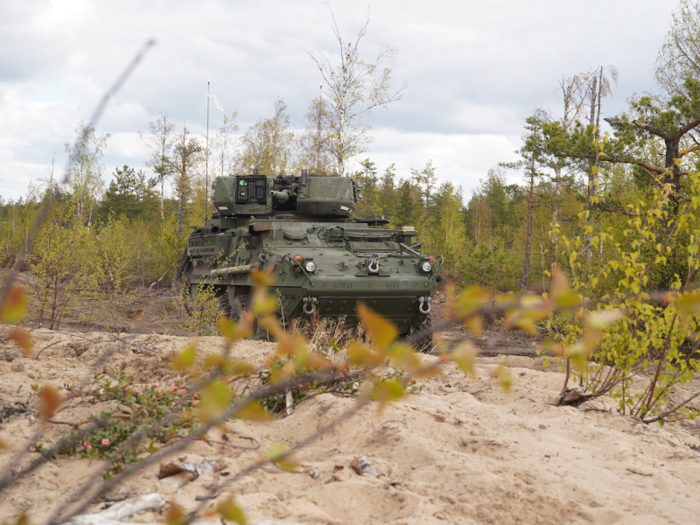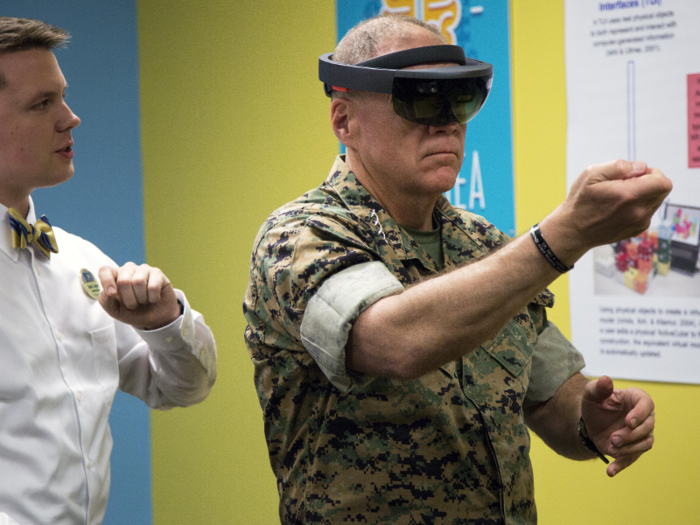The US Army is in the final testing stage for its Enhanced Night Vision Goggles-Binocular (ENVG-B), which will allow soldiers to accurately shoot from the hip and around corners. They also provide improved situational awareness, thermal imaging, and better depth perception.
The new goggles have dramatically improved marksmanship, Lt. Gen. James Richardson, deputy commander of Army Futures Command, recently told Congress.
The goggles can display the weapon's aim point, and can be linked to see video or virtual feeds from other positions, allowing troops to accurately shoot around corners without exposing their head.
An armored brigade combat team deploying to South Korea will reportedly be the first to use the new goggles.
Source: INSIDER
According to Russian state media, the Russian military is developing the D-14 Shelest parachute system, which will allow soldiers to access their weapons and begin firing immediately after they jump out of a plane.
Russia's TASS news agency reports that the parachute system will allow paratroopers to have small arms strapped to their chests, and the new technology will be tested at the Research Institute of Parachute-Making soon.
Source: TASS
Russia's infantry could soon be wearing the Ratnik-3 exoskeleton armor that reportedly allows soldiers to fire a machine gun with one hand. It has integrated electric motors — an improvement over the Ratnik-2 version, which was not motorized. It's in testing.
The US had a similar suit in development, the Tactical Assault Light Operator Suit, or TALOS. However, we're not likely to see the TALOS in combat any time soon, Task & Purpose reported earlier this year.
Source: TASS
Inventor and former Royal Marine Richard Browning tested his Jet Suit over the English Channel this week, using the five-turbine suit to move back and forth with ease between Royal Navy boats.
"Is it a bird? Is it a plane? No it's Rocket Man! Inventor, pilot and former Royal Marines Reservist Richard Browning, along side HMS Dasher, tested his jet-powered body suit over the water of the Solent for the very first time," the Royal Navy tweeted on Tuesday.
Source: INSIDER
The Army is developing a 50 kilowatt laser cannon, the Multi-Mission High Energy Laser (MMHEL) to be mounted on Stryker combat vehicles. It's designed to shoot drones and explosives out of the sky, and the Army plans to roll it out in the next four years.
The Army accelerated the development and deployment of the MMHEL. "The time is now to get directed energy weapons to the battlefield," Lt. Gen. L. Neil Thurgood, Director of Hypersonics, Directed Energy, Space and Rapid Acquisition, said in a statement.
Source: Task & Purpose
The Army is testing goggles that employ facial recognition, as well as technology that translates written words like road signs. The goggles may even be able to project visual data from drones, right in front of soldiers's eyes. The Integrated Visual Augmentation System (IVAS) is a modified Microsoft HoloLens technology and is expected to go into wide use in the mid-2020s
"We're going to demonstrate very, very soon, the ability, on body — if there are persons of interest that you want to look for and you're walking around, it will identify those very quickly," Col. Chris Schneider, a project manager for IVAS, said at a demonstration of the technology recently.
Source: Defense One


